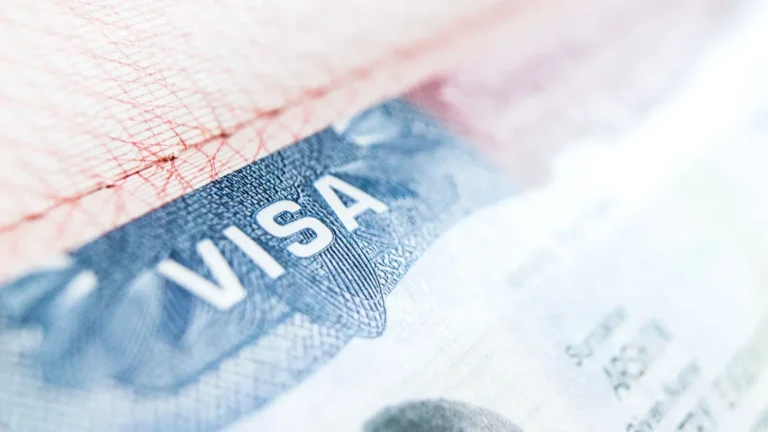Most of the research conducted about prostitution and sex trafficking has been done on the supply side (i.e., the prostituted persons), while relatively little has been done to examine the demand side, (i.e., the individuals who have previously or who currently purchase people for sex). Recently, however, Demand Abolition conducted extensive research and analysis on this very topic in the “Who Buys Sex? Understanding and Disrupting Illicit Market Demand Research Report.” Their study surveyed 8,201 adult men in the United States to gather insight on how sex buying behavior drives the demand for sexual exploitation and trafficking.
High-Frequency Buyers Fuel the Market
Interestingly, the sex market, which the report estimates at $5.7 billion a year, is fueled by a relatively small number of men. Only 6.2% of the men surveyed had paid for sex within the past 12 months and about 20% will enter the illegal sex-buying market at least once during their lifetime, while 80% of all men remain outside of the market. About 25% of active sex buyers, those that have purchased sex with the last year, report purchasing weekly or monthly and constitute a subgroup of buyers the researchers refer to as “high-frequency buyers.” Their transactions account for nearly 75% of the prostitution market. The research also showed that most of the men who have ever purchased sex, did so two to five times, while about 25% of the men paid for sex 10 times or more. Thus, in one of its most important findings, the research revealed that most of the sex trade is fueled by high-frequency buyers.
High-frequency buyers are more likely to have started buying sex at a young age, and are far more likely than others to have had their first paid sex experience initiated by someone in their social network—typically by the time they turn 21. Nearly one-in-five high-frequency buyers had his first paid-sex experience while he was legally a juvenile.
Buyer Relationship Status
The researchers also asked those surveyed about their relationship status. More than one-third of active sex buyers are married and over half of active buyers have children under age 18 in the home. The research also shows that active buyers and former buyers are far more tolerant of cheating on a spouse or significant other.
Pornography and Trafficking
The research also revealed a correlation between pornography and sex trafficking. Active and former buyers are much more likely than non-buyers to have viewed porn in the past year.
Normalization of Prostitution
Another major finding of the study is that active buyers are more likely to have “normalized beliefs” about prostituted women. They assume prostitution is a “mostly victimless” crime, are less likely to believe prostitution is a crime “where someone is harmed,” more likely to believe that prostituted persons “enjoy the act of prostitution,” less likely to believe that people in prostitution are “forced or lured into the trade,” and more likely to say that prostituted persons “choose it as a profession”. Active buyers engage in more sexually promiscuous behavior due to reported issues with impulse control and the need for instant gratification. Importantly, other research has revealed pornography causes viewers to view women as objects, accept rape myths, normalize promiscuous sexual behavior, and contributes to a lack of impulse control. Thus, pornography’s impact on sex buyers may be even more significant than the Demand Abolition report reveals.
How to Tackle Demand for Prostitution and Sex Trafficking
The study concluded that sex buyers perceived risk of being arrested and their sensitivity to police presence, is the best way to tackle demand for prostitution and sex trafficking. Demand Abolition recommends increasing police presence in communities and arrests of sex buyers as strategies that have a deterrent effect on sex buying. Approximately one quarter of high-frequency buyers strongly agreed that “the risk of getting arrested for buying sex is so high that I am considering not buying sex again.”
Based on its findings, the report puts forward several, important policy recommendations that are designed to reduce the demand for sex buying, such as:
- shifting resources from arresting prostituted persons to arresting the sex buyers
- implementation of mandatory minimum fines of adjudicated sex buyers to help offset costs of survivor exit services and law enforcement demand-reduction operations
- increasingly harsher penalties for repeat sex buyers, and
- providing interventions in education and public health in an attempt to counter messages that normalize sex buying.
Understanding how to curb the demand for sex buying is important because without sex buyers the sex trade, and therefore sex trafficking, would not exist. If we can challenge the ideas of sex buyers and hold them accountable for their actions, we can put a stop to sex buying—and sexual exploitation. Read the full report here, and for more information on demand, visit: Face the Demand.



